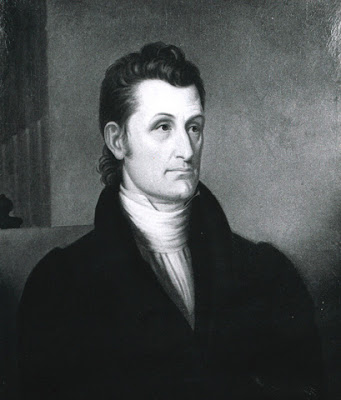There is a wonderful little place to eat in Indianapolis called Piada. It is Italian street food. Not the Italian food that is heavily laden with that awful red sauce which every dish on the menu is immersed in. This is healthy stuff. Delicious to the eyes and the palate. And every time I am in the area I go out of my way to eat there. I was in Indy over the weekend with a few friends and I literally begged all the way hoping that my friends would try it. They gave in and we enjoyed a wonderful meal, especially me.
It would be expensive to drive nearly two hours for a pasta fix on a frequent basis. So, I decided to try and make my own version of what I ate. Trust me, this is very simple and why I didn't do this a long time ago is beyond me.
Ingredients:
1 lb angel hair pasta, cooked according to the directions on the box
2-3 chopped tomatoes, I used Roma or use sun dried tomatoes
1-2 tsp Italian blend seasoning or to taste. Mrs. Dash Italian Medley is my favorite
1/4 to 1/2 cup of spinach leaves or greens of your choice. You can use a salad mix also (which is what I did)
Pancetta, (Italian bacon) Optional
1 jar of Alfredo sauce or a sauce that you like on pasta
1 package of meat balls or 1 lb of cooked chicken or a meat of your choice or no meat at all
Prepare the meat of your choice and set aside. Cook the pasta according to the package directions. Heat the Alfredo sauce until it is nice and hot. Place the pasta in a bowl, toss with the sauce, tomatoes, meat, and greens. Serve immediately.
- You can toss the pasta in olive oil with salt\pepper to taste if you want to save calories.
- Look around the pasta isle at the store and experiment. There are hot sauces called Diavolo (devil) if you like a bit of a kick.
- add corn, cucumber, olives, cheese, garbanzo beans, etc.




















































